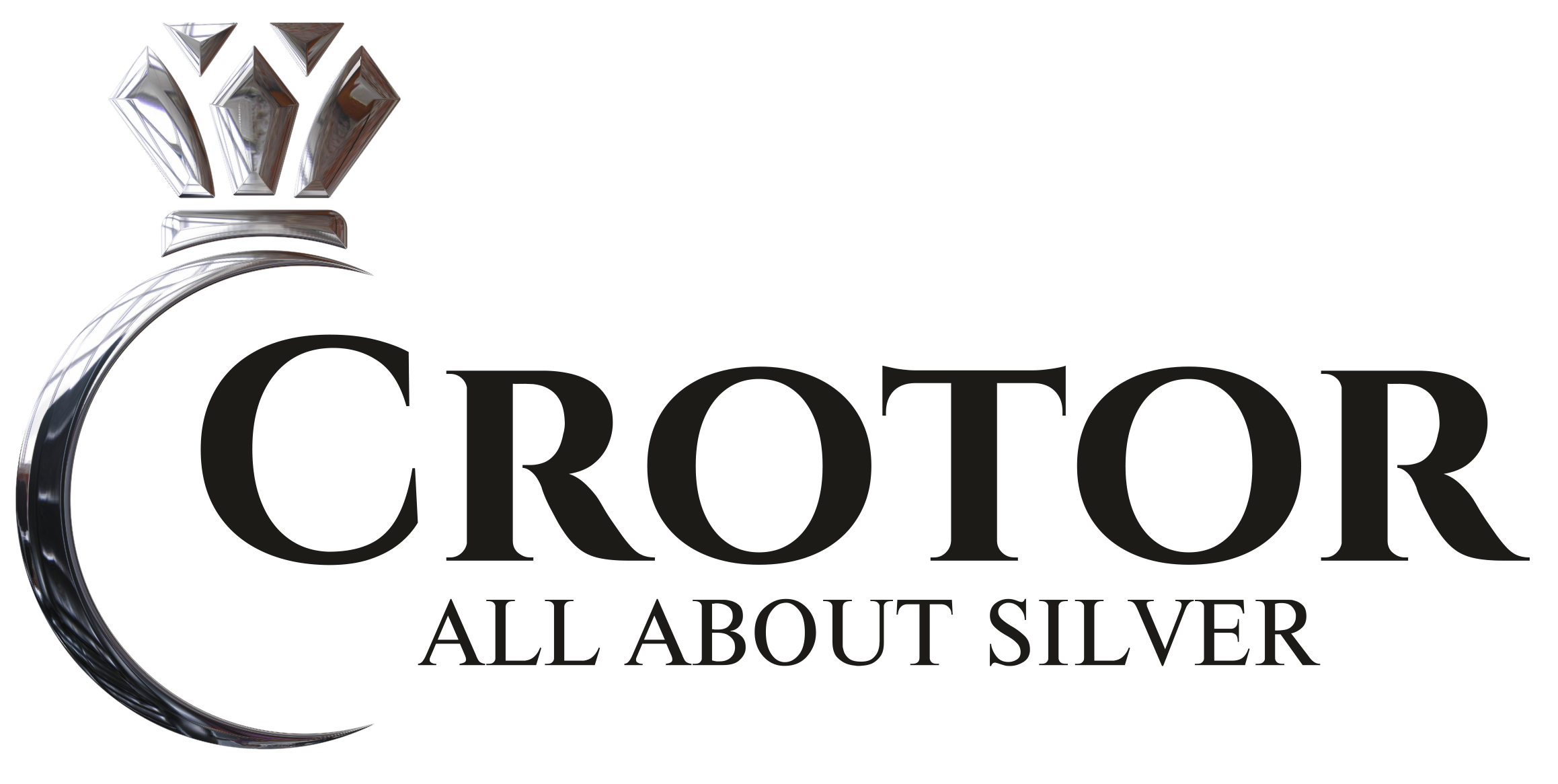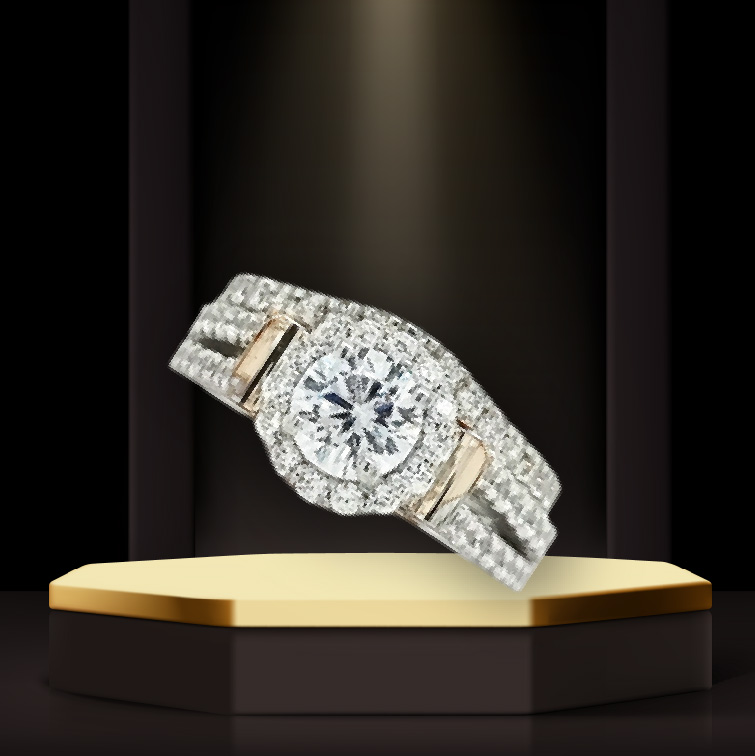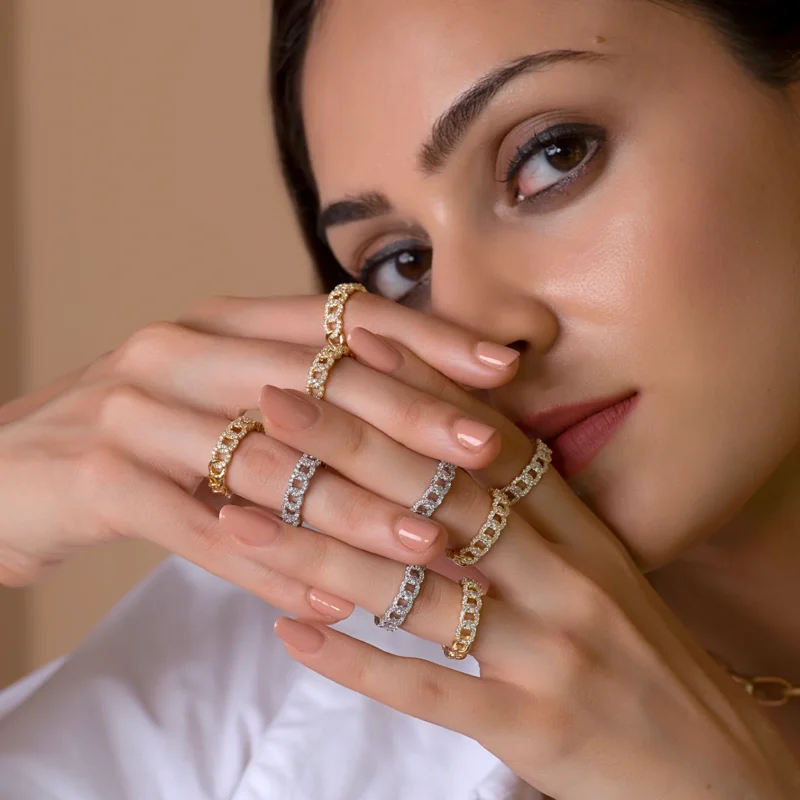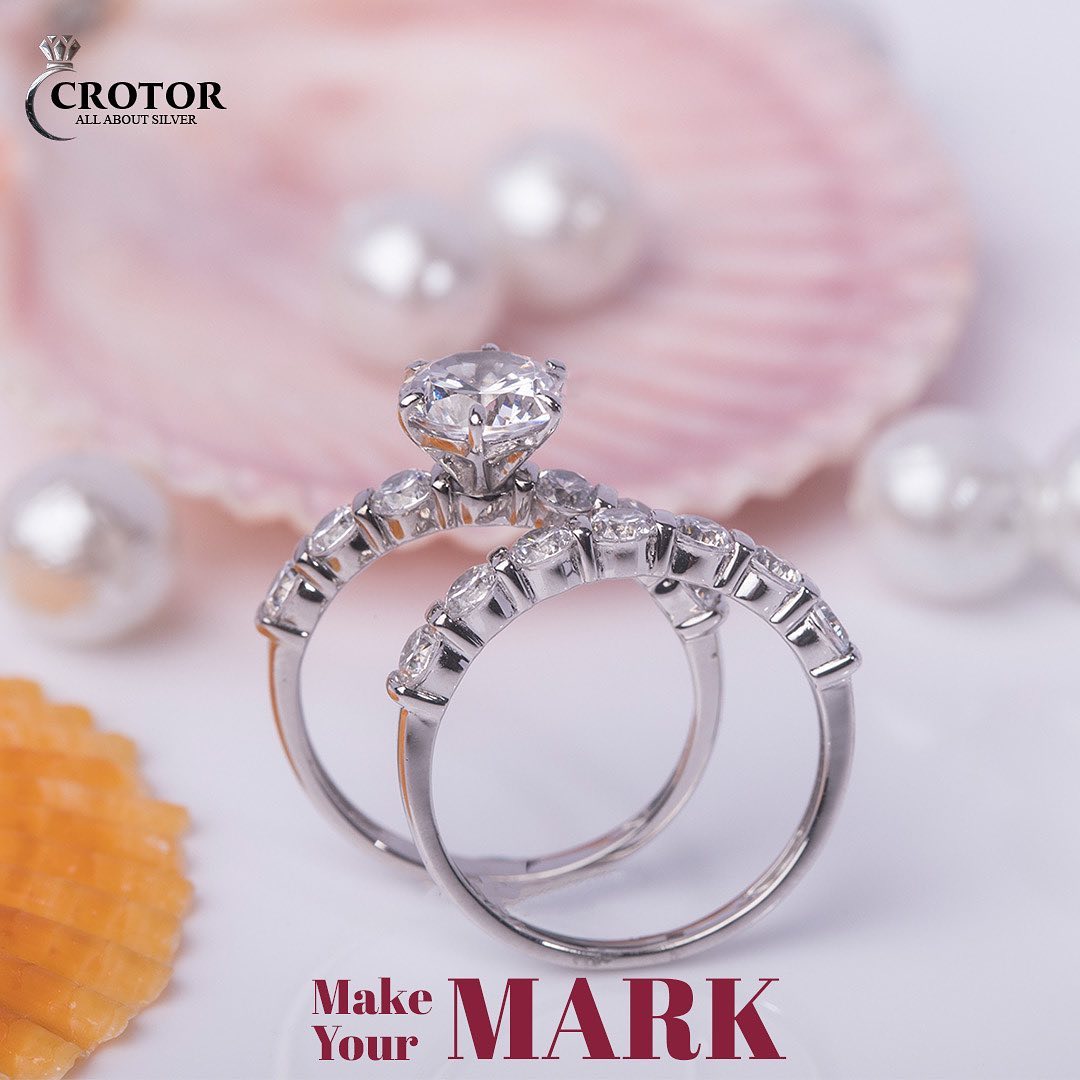925 Silver Jewellery vs. 999 Silver Jewellery: All You Need to Know !
Silver boasts a rich history; for its imposing ornamental value, it symbolises celebrations, achievements, and milestones. It is one of the most coveted and precious metals in the world and is worn mostly to adorn yourself with ornaments and look beautiful. People have been using silver for over 5000 years, according to archaeological evidence, and it has roots in royalty. Jewellery made of silver carries certain stamps, known as hallmarks, that help identify the type of silver. 999 is the mark for fine silver, while you can identify sterling silver by the mark 925, which is the most common. Knowing the distinction between pure silver and 925 sterling silver is paramount if you plan to buy silver jewellery. However, silver does not consist entirely of silver. Aside from the 99.9 percent silver content, it also incorporate trace amounts of other metals, including copper.
 So, Exactly What’s the difference between 925 & 999 silver Jewellery?
So, Exactly What’s the difference between 925 & 999 silver Jewellery?
925 silver is basically 92.5% of pure silver, it is also known as sterling silver. Simply put, it refers to silver that is combined with other metals, whereas 999 silver jewellery is made of 99.9% pure silver and less than .1% copper or other ingredients. Think of 999 fine silver as cashmere and .925 sterling silver as fine wool. Because both are equally stunning and valuable, but cashmere just feels a bit better to wear, and the same can be said for 999 silver, as it feels softer & lighter than the harder metal of sterling.
The composition of both of these types of silver is different. 999 silver is as finely refined as possible, and its traits are high silver content, softness, whereas sterling silver.925 is sturdy, durable, and more lustrous in colour, it breaks down into 92.5% silver and 7.5% an additional metal.
999 is suitable for plain silver jewellery, and it is not suitable for more and more refined craftsmanship requirements due to its softness.
Durability is one of the major differentiating factors between these two forms of silver. As sterling silver.925 is relatively easy to maintain and cost-effective; it is also easy to repair. On the other hand, pure silver is not as durable as sterling silver, and it’s expensive since pure silver isn’t blended with other metals. 925 silver has the ability to feature more intricate designs, and the addition of other metals in sterling silver makes it stronger, tougher, and longer-lasting.
Now let’s dive into the pros and cons of each.
Pros of 999 Silver
• Chemical composition is not rigid enough to be made into intricate jewellery designs
• It is rare & tarnishes much slower than sterling silver
Cons of 999 Silver
• Expensive
• Too malleable & very soft
• Not apt for practical everyday use in the delicate form of jewellery
Pros of 925 Silver
• Affordable
• Durable
• Lots of designs & beautiful gleam and soft luster
• Safe for Sensitive Skin
Cons of 925 Silver
• Maintenance
• More susceptible to scratches and dents
What other metals are added to silver to make it more long-lasting?
A typical addition to sterling silver is copper, it is the most widespread addition, and apart from that, zinc, manganese, platinum, and germanium are occasionally, but infrequently, added to the alloy. Silver jewellery is made with metal alloys to increase its toughness and durability.
Sterling Silver vs 925 Silver
Sterling silver and 925 silver are both made from the same silver alloy blend, with the only key difference being the name. Sterling silver is an alloy made from 92.5 percent silver and 7.5 percent alloy, and the alloys can include zinc, copper, or nickel. One of the finest things about sterling silver is that it can be styled with almost anything. It’s versatile, elegant, timeless, and great for any occasion. It adds a sophisticated touch of shine that elevates style without overpowering it.
Things to know when buying Silver Jewellery
Always look for hallmarks when shopping for silver jewellery, as jewellers and artisans are legally obligated to stamp their pieces for potential buyers. Hallmarks are official marks used as a guarantee of the purity or fineness of precious gold or silver items. It makes genuine silver jewellery easy to identify, and if you’re unsure about the metal content of a piece, you can take it to a jeweller for testing.
Below-mentioned are some common sterling silver hallmarks:
Sterling silver can be marked in a variety of ways, including the following:
•Sterling
•Sterling silver
•925
•92.5% pure
•925/1000
Jewellery markings can take place in different places, depending on the type of piece. Always shop from a trusted and verified seller. If you find yourself buying from a website or brand that you are not entirely sure of, look for the hallmark on the jewellery pieces, and as a rule of thumb, we recommend avoiding silver pieces from sites that you are sceptical about.
Here are some tips to maintain your favourite silver jewellery and make it a great investment:
Caring for your sterling silver or 999 silver jewellery pieces requires diligence and a little tender, loving care.It can last for generations if storage and care are properly done.
• Make sure to put it in air-tight bags or containers with anti-tarnish properties and away from accessories when you are not using them. These types of bags keep air exposure out & keep the shininess and brilliance intact.
• Keep it away from other metals, as sterling silver is more reactive to its surroundings when it comes into contact with other elements.
• Don’t leave your silver jewellery lying on your nightstand, as air exposure can tarnish your delicate silver.
Preventative care is always easier than aftercare!
For more information go to our website:- crotor
Malabar















